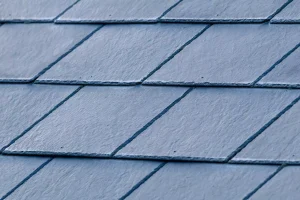
There are a few ways to test the quality of your water, and you may be wondering how to do it yourself. Depending on your budget and needs, you can either do a simple cleaning or get a water testing kit. You should do a test at least once a year, though. You may be surprised to find out that you are putting your health at risk. Read on to learn how to test water in your home.
Home water testing kits vary in price. Cheaper ones usually test for just a few contaminants. More expensive kits require sending samples to a laboratory for analysis. Most of these companies are accredited and work with governmental and commercial clients. However, some are privately owned or part of a local health department. It is best to check with an accredited laboratory before attempting to do your own water quality test. The results of your test will help you determine whether your water is safe for consumption.
One way to check the water quality of your water at home is by ordering test strips. The strips are made to detect specific chemicals. You need a sample of water and a small amount of powder or liquid reagent. Then, the water will change color depending on the elements found in it. The result of the test is compared to a color gradient disk, which gives you a more accurate reading than a test strip.
The easiest way to check the water quality at home is by purchasing a water testing strip kit. Although not completely accurate, these kits are adequate for checking the water quality of your household. Generally, a water testing kit should include a few tests – total dissolved solids, pathogens, and bacteria and heavy metals – as well as sediment and inorganic chemicals. The pH level is an optional test unless you want to switch to alkaline water.
There are a few other ways to test the water quality at home. First, you can purchase a water testing kit from a hardware store or online. Most of these kits consist of strips that change color based on the presence of certain contaminants. Some of these test strips are meant for determining harmful bacteria levels, nitrites, and lead levels. Some also show pH levels and hardness. These tests aren’t as accurate as a professional, however, and you’ll probably want to call a plumber or plumbing company to do an in-home water test.
Another way to check the water quality at home is to purchase a water testing kit. There are many different brands available, so you can select one based on your needs. The Environmental Working Group has a database of tap water quality and you can search it by ZIP code. The tests are relatively cheap, and they are easy to perform if you follow the instructions properly. There are also some water testing kits that are not expensive, but don’t be fooled by the price. The results will be more accurate if you follow instructions properly.




